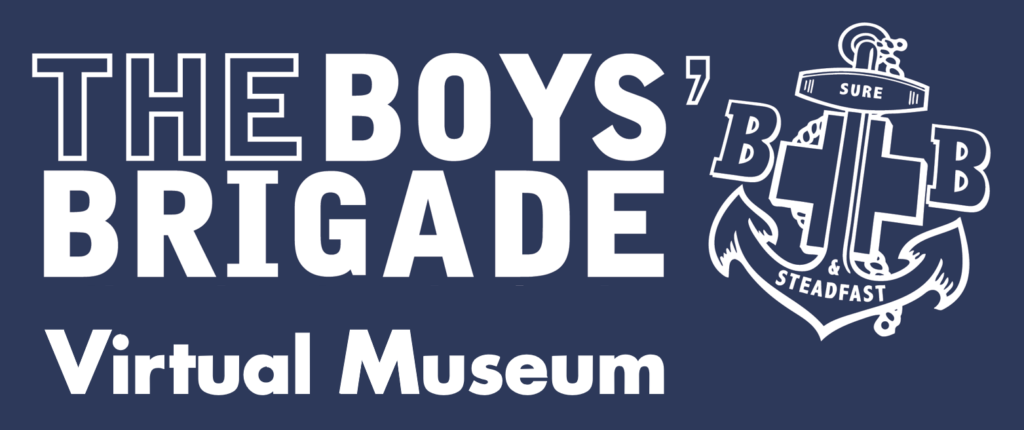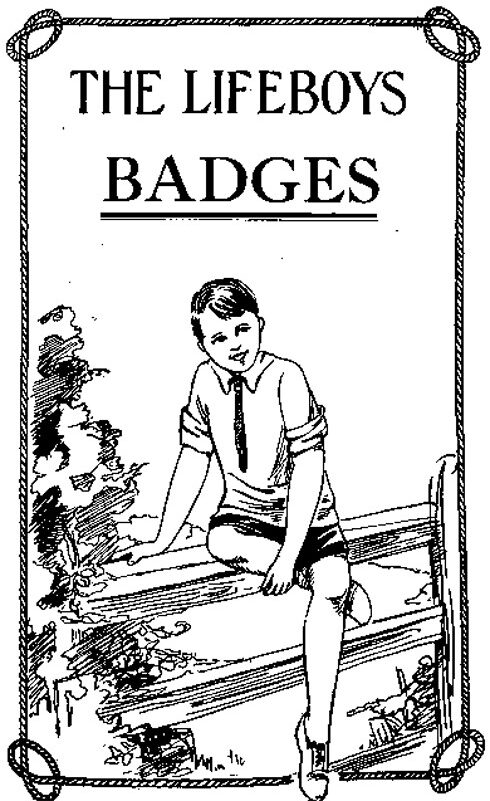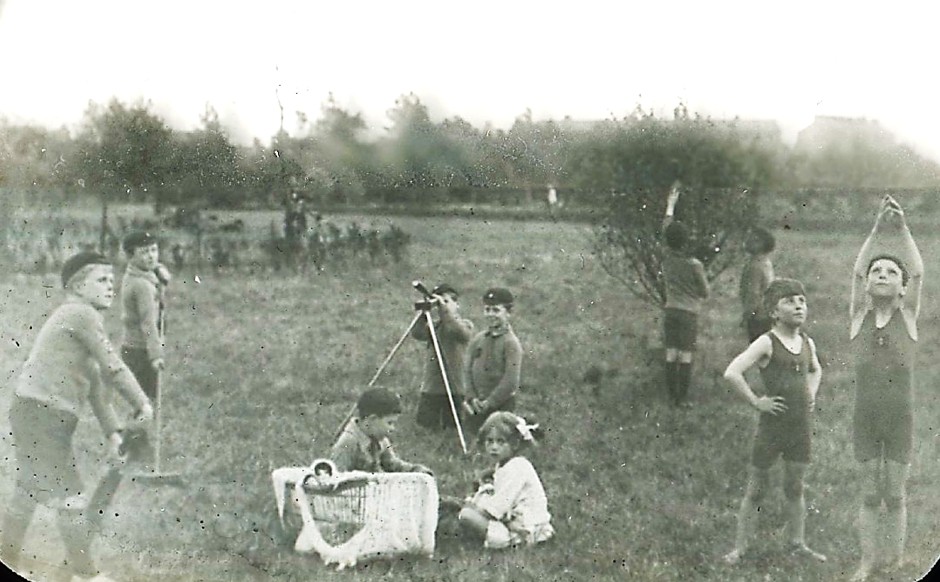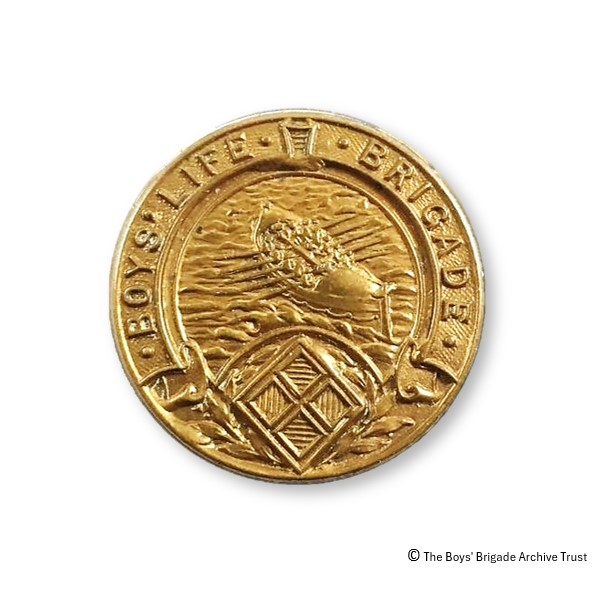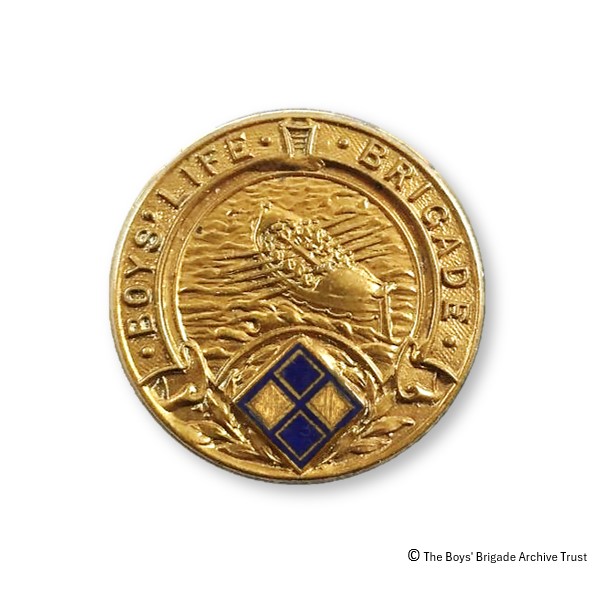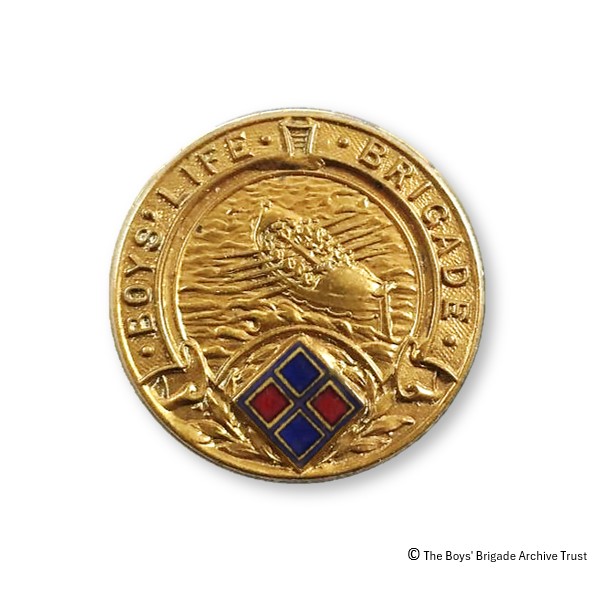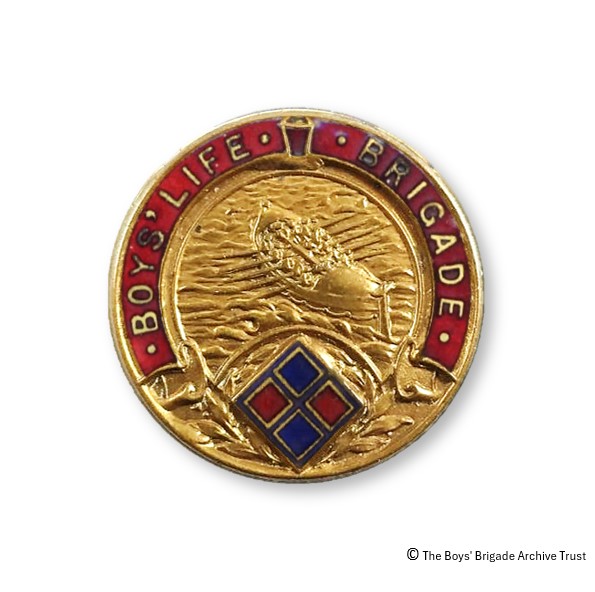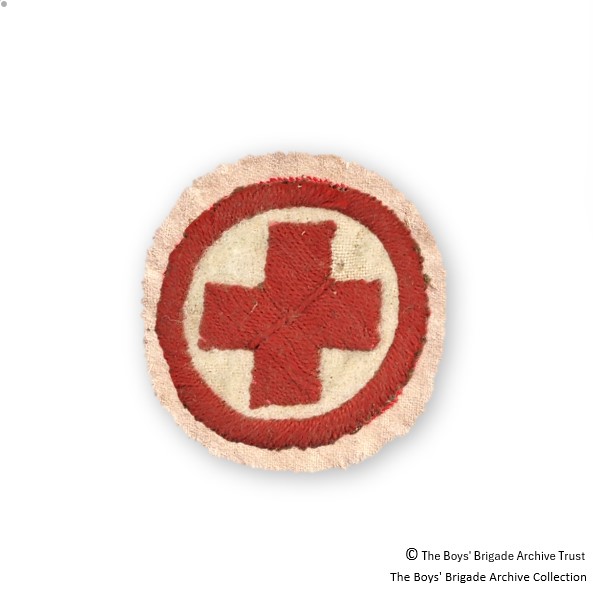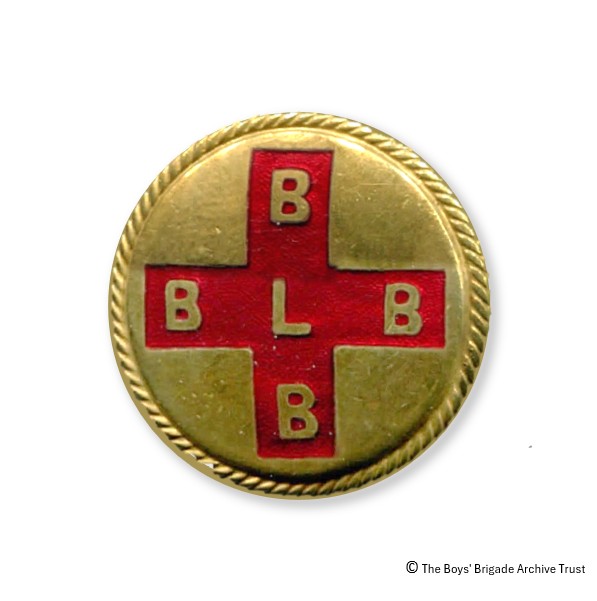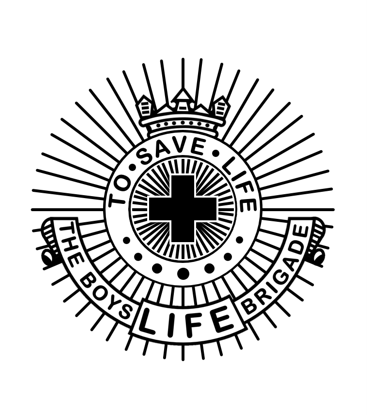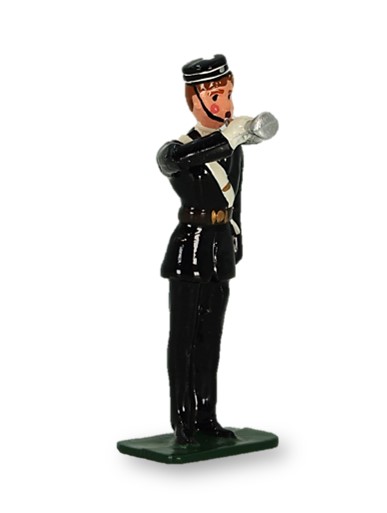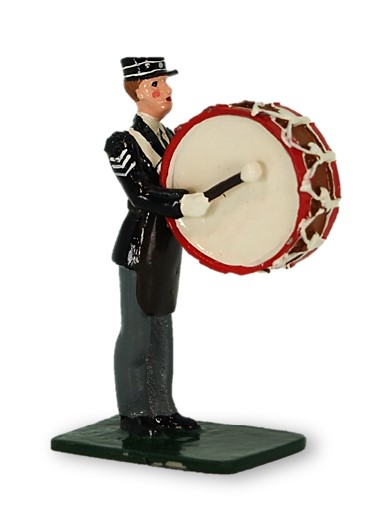Lifeboy Badges
Proficiency badges were gummed slips printed in colour with a space for the name of the boy winning the badge. They were not worn personally, but were awarded to the Group, and badges pasted onto the Group badge card. they were awarded to those boys who passed the regulation test detailed in the booklet ‘The Lifeboys’ Badges’. Some of the badges could be earned by the boy several times during his period with the Team. The requirements for the second and further badges are also given in the badges booklet, and where no provision was made for the additional stages of an award, a second badge could be given after the lapse of one year, provided that a fresh test was passed. However in all instances, no badge could be won until six full months have elapsed after the boy’s eighth birthday.
The badges were categorised into three sections as follows:
Educational Badges:
- Day School
- Reading
- Collector’s Badge
- Hobbies
- Stars
- Observation
- Science Badge
Devotional Badges:
- Bible Heroes
- Missionary
- Scripture Knowledge
- Class Badge
- Church Attendance
- Bible Books
Social Badges:
- Group Games
- Safety First
- Guide
- Look-Out Badge
- Etiquette
- Home Service
Orders of Merit – The boy, were also authorized to wear, in addition to his Lifeboy badge, Orders of Merit of 1st, 2nd, or 3rd Class, denoting the position which he occupied in the Team. The were awarded as follows:
- 3rd Class – He must have been a member of the Team for at least six months, and made nor less than 95 percent punctual attendances at the mid-week meeting. He must have at least one proficiency badge from each section.
- 2nd Class – He must have been a member of the Team for at least twelve months, and made not less than 95 percent regular attendances at the mid-week meetings. He must have not less than two proficiency badges from each section.
- 1st Class – He must have been a member of the Team for at least eighteen months, and made not less than 95 percent regular attendances at the mid-week meetings. He must have fourteen badges – at least two in each section.
Transfer Badges
When a Lifeboy reached the age of twelve he was transferred to the Boys’ Life Brigade Company, and awarded a transfer badge, worn on his Boys’ Life Brigade uniform. There were 4 transfer badges: Plain brass for boys who had not won any Order of Merit in their Lifeboy Team; brass with two squares enamelled, for 3rd Class Order of Merit; brass, with four squares enamelled, for 2nd Class Order of Merit; fully enamelled for 1st Class Order of Merit.
